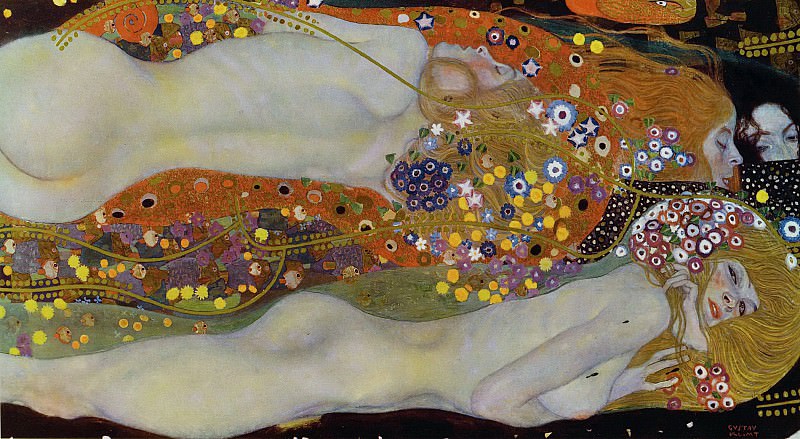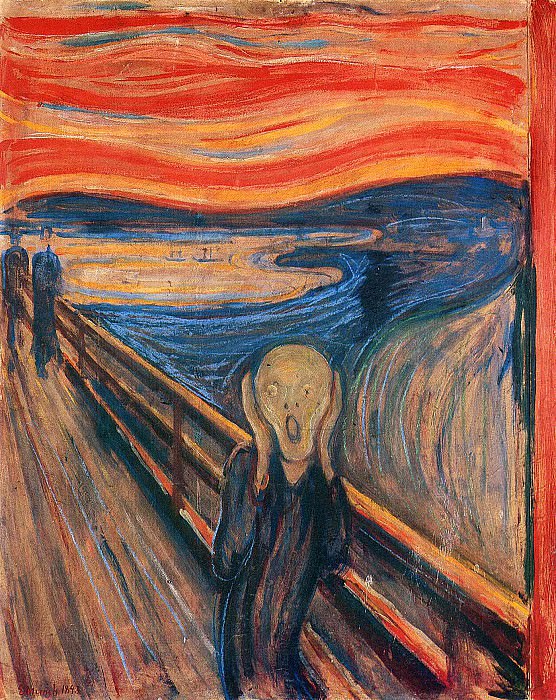Antonio Canova: The Master of Neoclassical Sculpture
Early Life and Influences
Antonio Canova, born on November 1, 1757, in Possagno, a small town in the Venetian Republic, was destined to become one of the most celebrated sculptors of his time. Canova's father, a stonemason, passed away when he was just three years old, leaving him to be raised by his grandfather, Pasino Canova, who was also a skilled stonemason and sculptor. It was under his grandfather's tutelage that young Antonio first developed his interest in sculpture.
At the age of nine, Canova began formal training with the sculptor Giuseppe Bernardi, also known as Torretto, in Pagnano. Bernardi recognized Canova's exceptional talent and introduced him to the works of the great masters of the Renaissance and Baroque periods. This early exposure to the classical traditions of art would profoundly influence Canova's future work.
The Venetian Period
In 1775, at the age of 18, Canova moved to Venice to further his artistic education. Venice, a city renowned for its rich artistic heritage, provided Canova with the opportunity to study the works of renowned sculptors and painters. During this period, he created his first significant works, including "Daedalus and Icarus" and "Orpheus and Eurydice." These early sculptures showcased Canova's mastery of form and his ability to convey emotion through marble.
Canova's time in Venice was also marked by his exposure to the burgeoning Neoclassical movement, which sought to revive the ideals of ancient Greek and Roman art. This movement's emphasis on harmony, simplicity, and idealized beauty resonated deeply with Canova, shaping his artistic vision for the rest of his career.
The Move to Rome
In 1780, Canova relocated to Rome, the epicenter of the Neoclassical movement. Rome's rich artistic heritage and its classical ruins provided Canova with a wealth of inspiration. He immersed himself in the study of ancient Greek and Roman sculptures, drawing inspiration from their grace and elegance.
One of Canova's first major commissions in Rome was the "Theseus and the Minotaur" sculpture, completed in 1782. This work, which depicts the victorious Theseus standing over the defeated Minotaur, garnered widespread acclaim and established Canova as a leading figure in the Neoclassical movement. The sculpture's dynamic composition and meticulous attention to detail exemplified Canova's ability to breathe life into marble.
Masterpieces and Royal Commissions
Throughout his career, Canova received numerous commissions from European royalty and aristocracy. His sculptures adorned the palaces and gardens of emperors, kings, and nobles, earning him widespread fame and recognition. Among his most famous works are the "Psyche Revived by Cupid's Kiss," "The Three Graces," and "Perseus with the Head of Medusa."
"Psyche Revived by Cupid's Kiss," created between 1787 and 1793, is a masterpiece of Neoclassical sculpture. The sculpture captures the tender moment when Cupid awakens Psyche with a kiss, symbolizing the triumph of love over adversity. Canova's ability to convey the delicate emotions of the scene, combined with the intricate details of the figures' anatomy, showcases his technical prowess and artistic sensibility.
"The Three Graces," completed between 1814 and 1817, is another iconic work by Canova. The sculpture depicts the three daughters of Zeus—Euphrosyne, Aglaea, and Thalia—who personify beauty, charm, and grace. Canova's skillful rendering of the figures' intertwined forms and the harmonious composition epitomizes the ideals of Neoclassical art.
The Napoleonic Era
Canova's career reached new heights during the Napoleonic era. In 1802, he was appointed as the Inspector General of Fine Arts in Rome by Napoleon Bonaparte. This prestigious position allowed Canova to oversee the restoration and preservation of Rome's artistic heritage. Despite his association with the Napoleonic regime, Canova remained a staunch advocate for the return of artworks looted by the French during their campaigns.
One of Canova's most significant commissions during this period was the monumental statue of Napoleon as Mars the Peacemaker, completed in 1806. The statue, which depicts Napoleon in the guise of the Roman god Mars, symbolizes the emperor's dual role as a warrior and a bringer of peace. The sculpture's idealized portrayal of Napoleon reflects Canova's ability to merge classical ideals with contemporary subjects.
Later Years and Legacy
In his later years, Canova continued to create masterpieces that solidified his legacy as a master sculptor. His "Hebe" sculptures, created between 1800 and 1817, exemplify his ability to capture the essence of youth and beauty. The series of four sculptures depicts Hebe, the Greek goddess of youth, in various stages of motion, showcasing Canova's mastery of dynamic composition and graceful forms.
Canova's influence extended beyond his sculptures. He was also an accomplished painter and draftsman, and his workshops in Rome and Possagno trained numerous aspiring artists. Canova's dedication to his craft and his unwavering commitment to the ideals of Neoclassicism inspired generations of artists to come.
In recognition of his contributions to the arts, Canova was ennobled by Pope Pius VII in 1815, receiving the title of Marquis of Ischia. Despite his many accolades, Canova remained humble and devoted to his work until his death on October 13, 1822.
The Canova Legacy
Antonio Canova's legacy endures to this day, with his works celebrated in museums and galleries around the world. His ability to breathe life into marble, his meticulous attention to detail, and his unwavering dedication to the ideals of Neoclassicism set him apart as one of the greatest sculptors in history.
Canova's works continue to inspire contemporary artists and art enthusiasts alike. His sculptures are not only masterpieces of technical skill but also profound expressions of human emotion and beauty. Canova's ability to convey the essence of his subjects, whether mythological figures, historical personalities, or allegorical representations, ensures that his art remains timeless and relevant.
In Possagno, Canova's birthplace, the Gipsoteca Canoviana museum houses an extensive collection of his works, including plaster models, drawings, and sculptures. The museum, established in 1836, serves as a testament to Canova's enduring influence and his contributions to the world of art.
Conclusion
Antonio Canova's art represents the pinnacle of Neoclassical sculpture, characterized by its harmony, idealized beauty, and emotional depth. His works, ranging from mythological scenes to monumental statues, continue to captivate audiences with their grace and elegance. Canova's legacy as a master sculptor, painter, and draftsman remains an integral part of art history, inspiring future generations to strive for excellence in their creative endeavors.
As we reflect on Canova's life and achievements, we are reminded of the timeless power of art to transcend the boundaries of time and place, connecting us with the universal ideals of beauty, harmony, and human emotion. Antonio Canova's art, with its profound impact and enduring appeal, stands as a testament to the enduring legacy of the Neoclassical movement and the genius of one of its greatest exponents.




